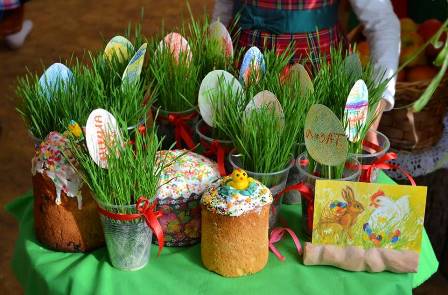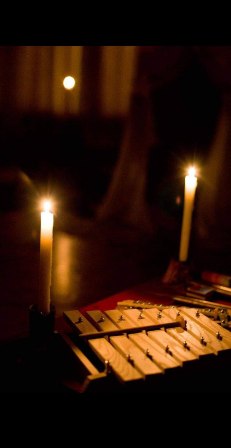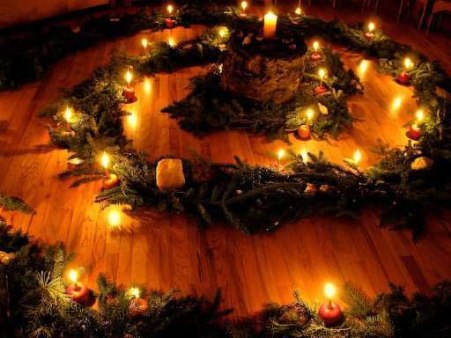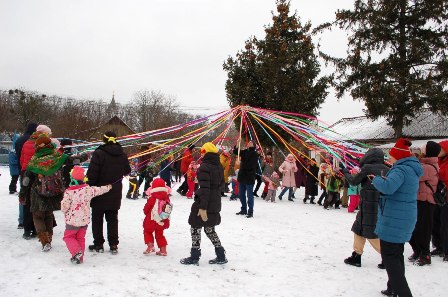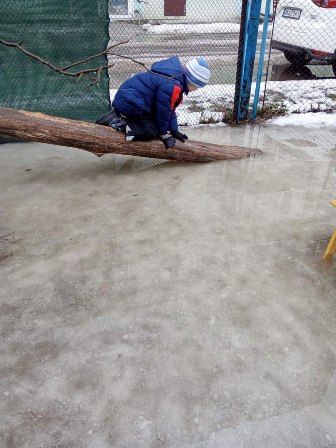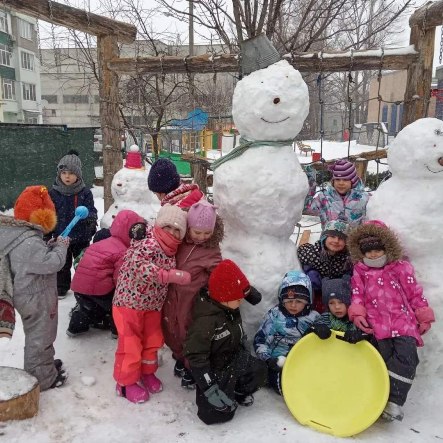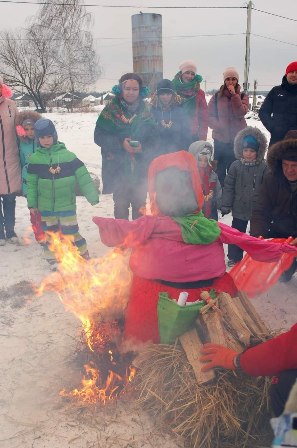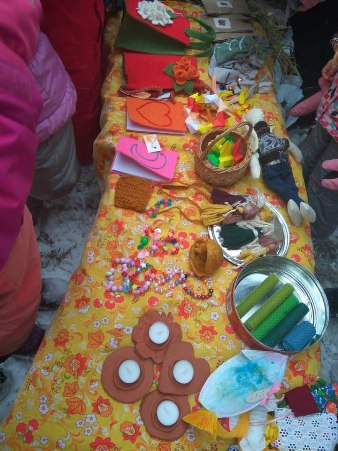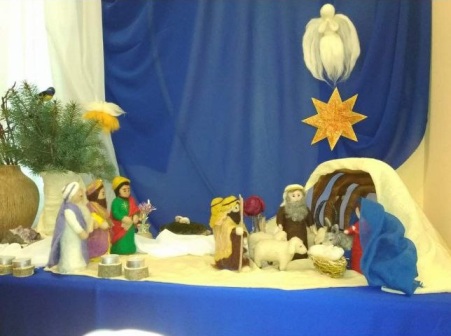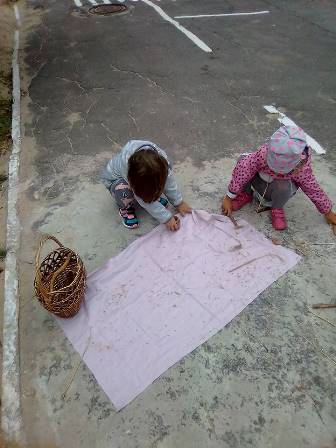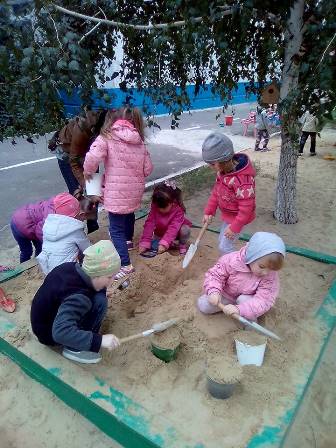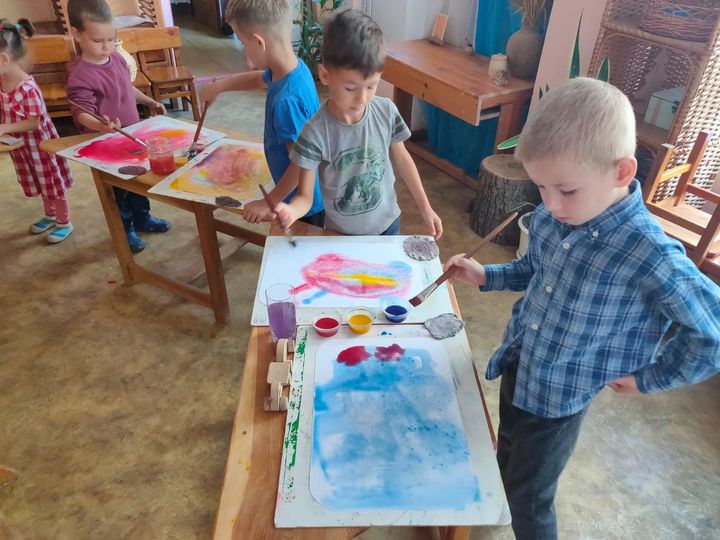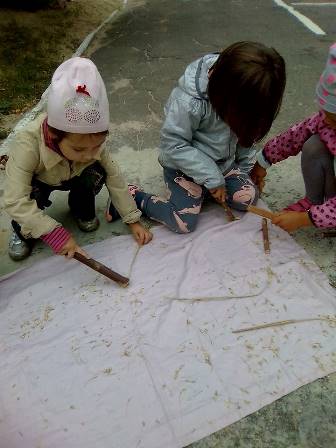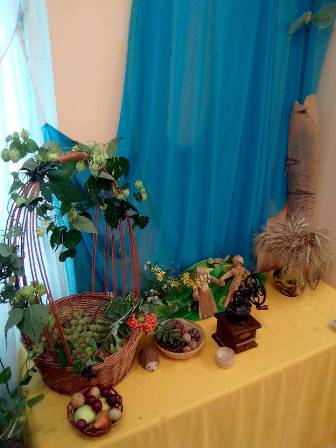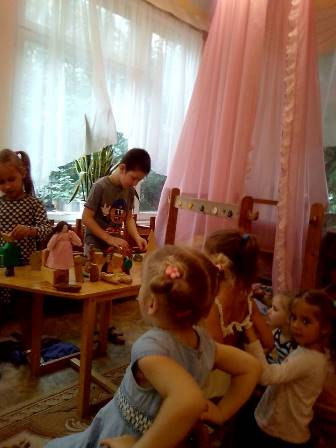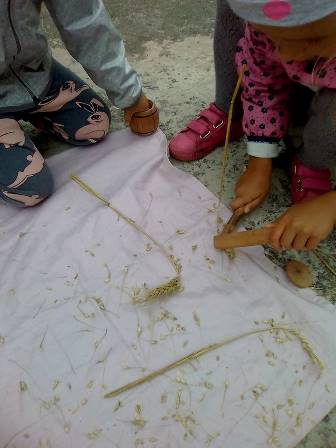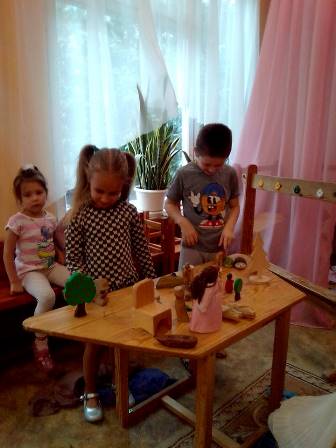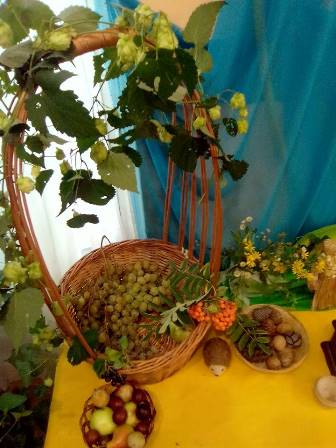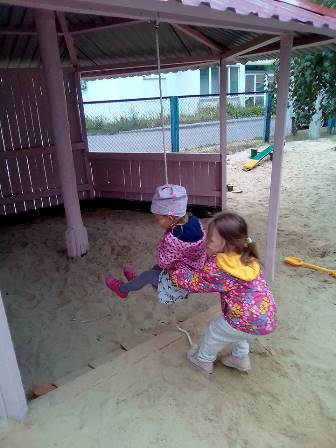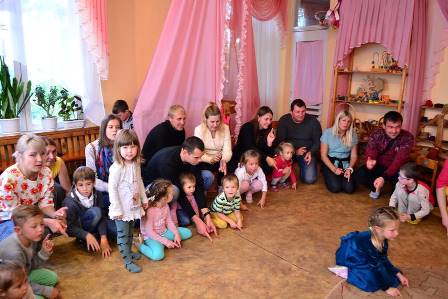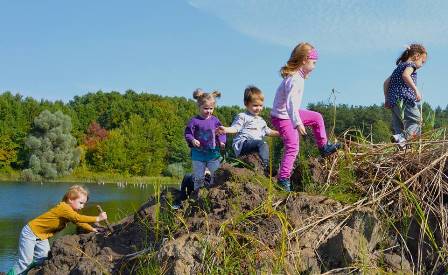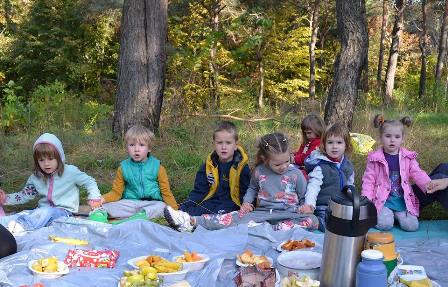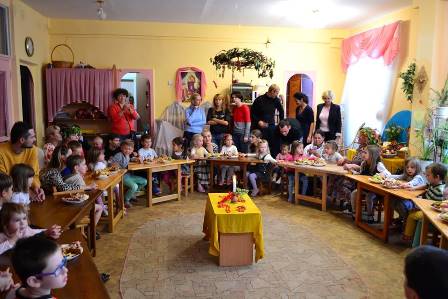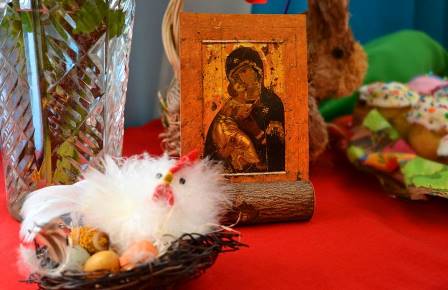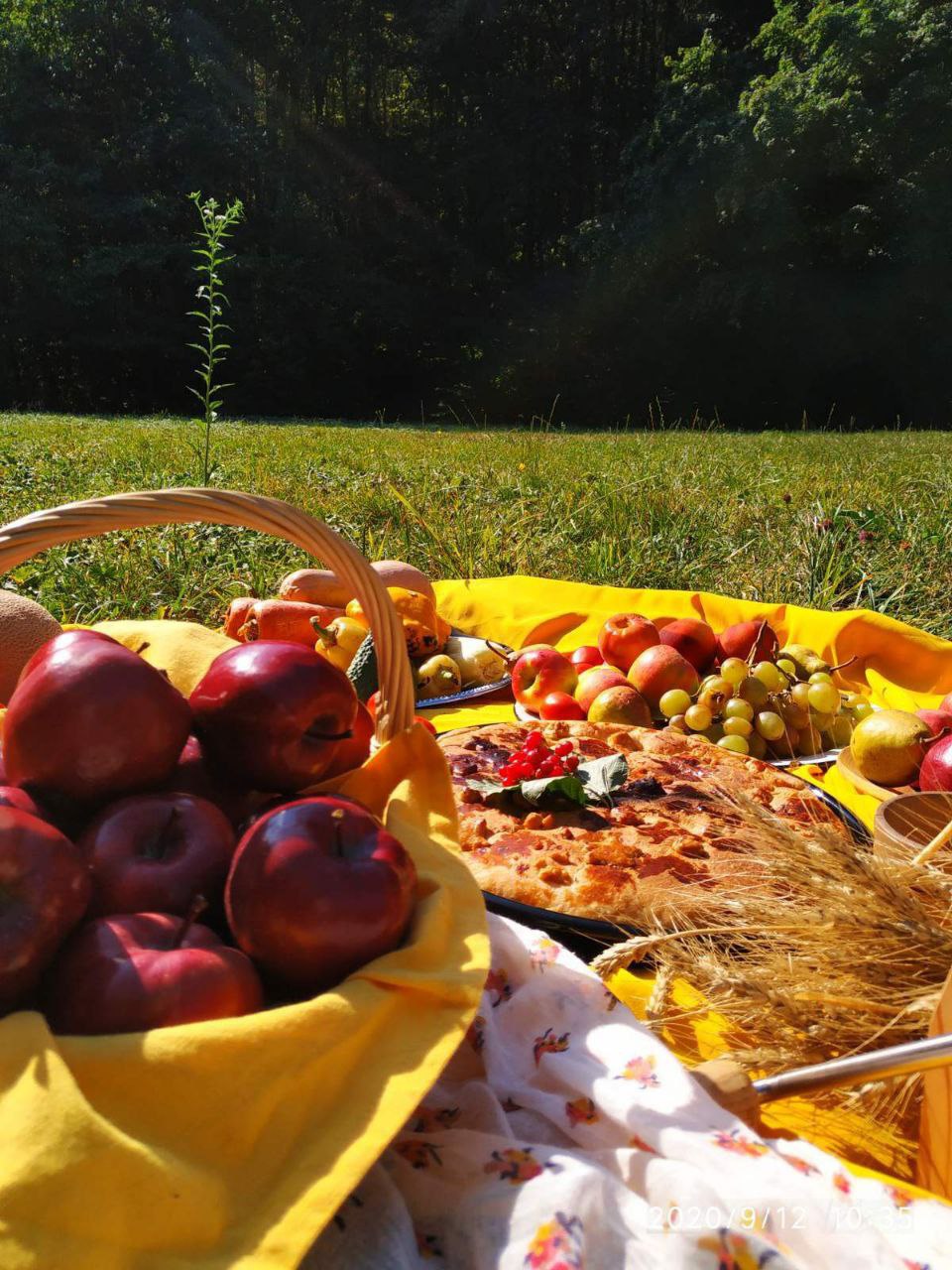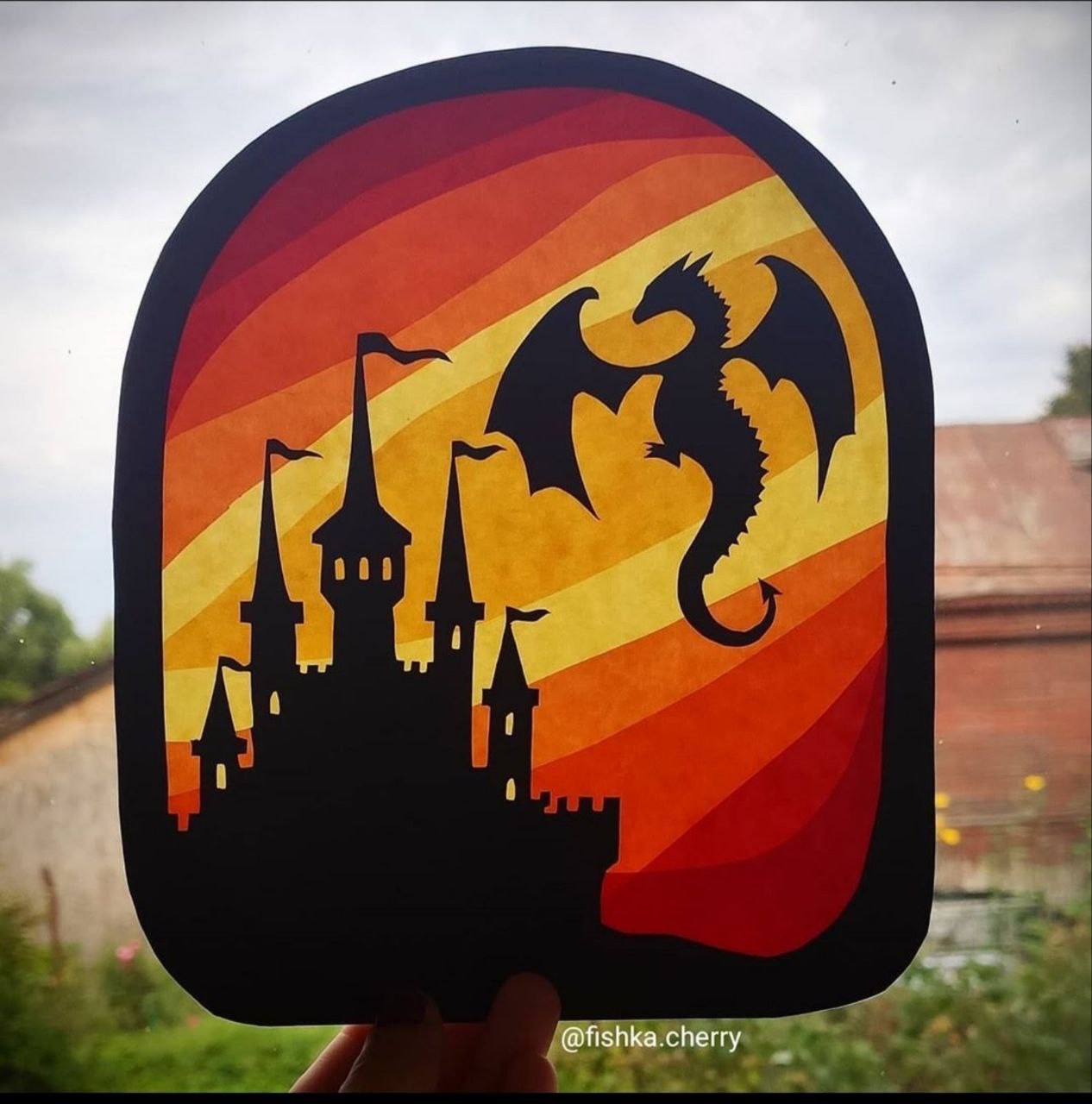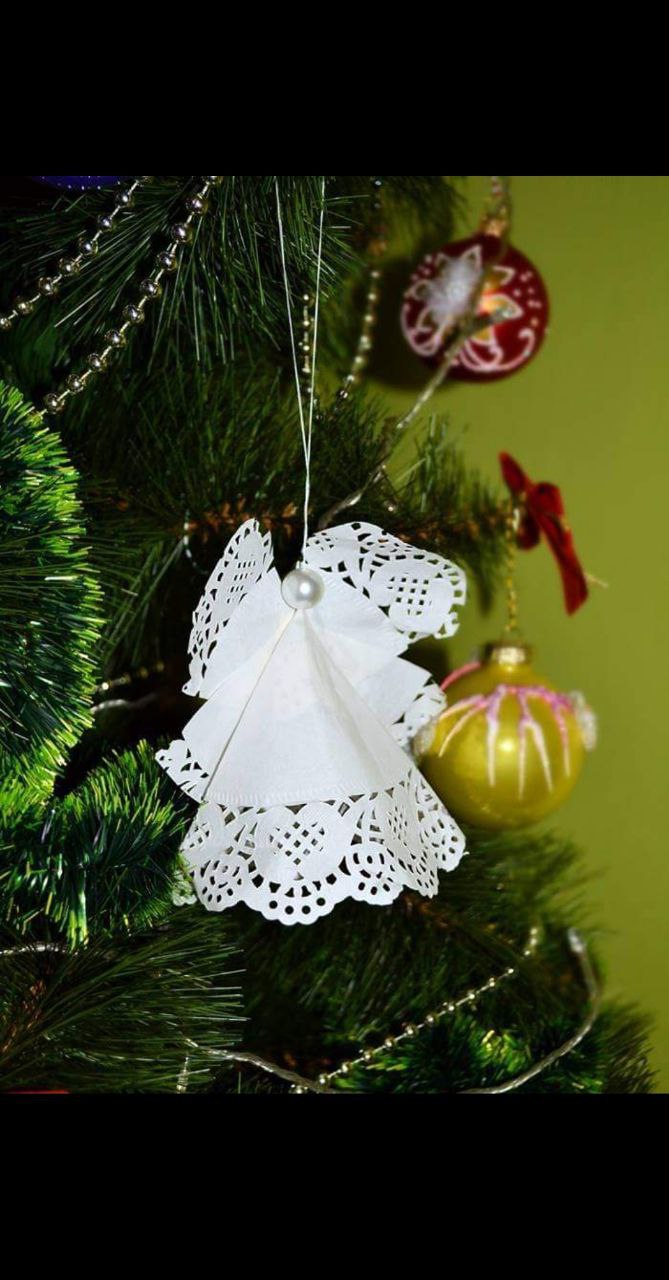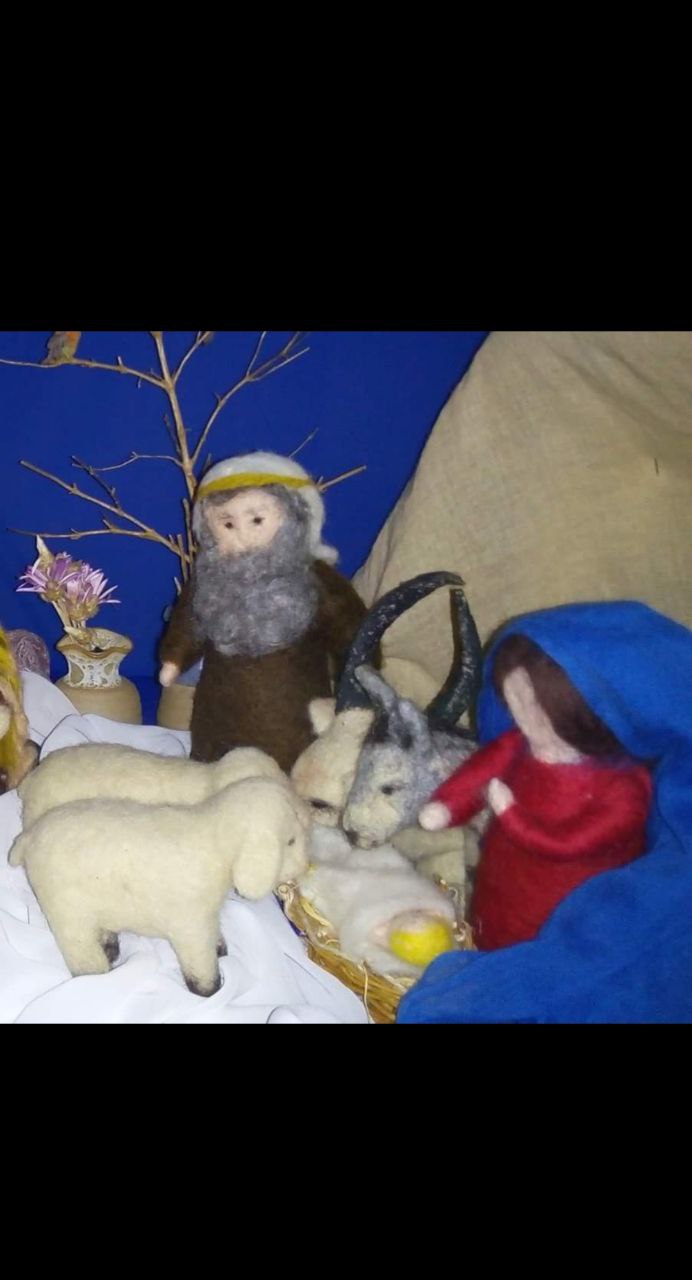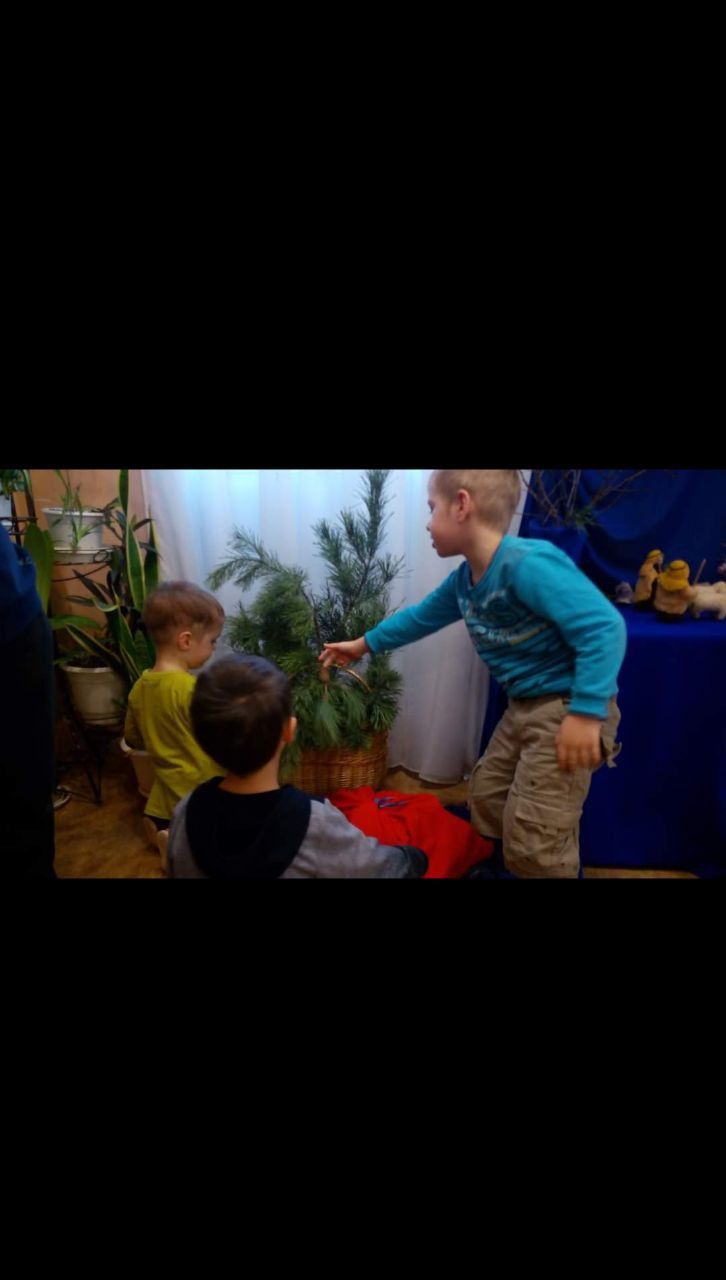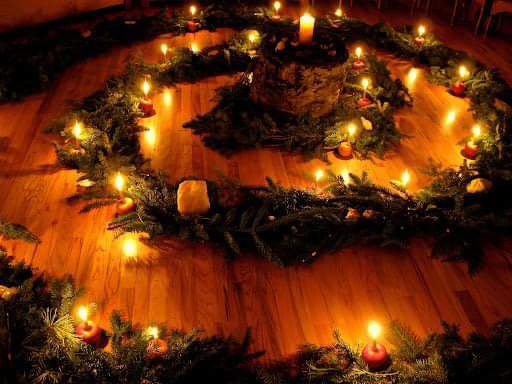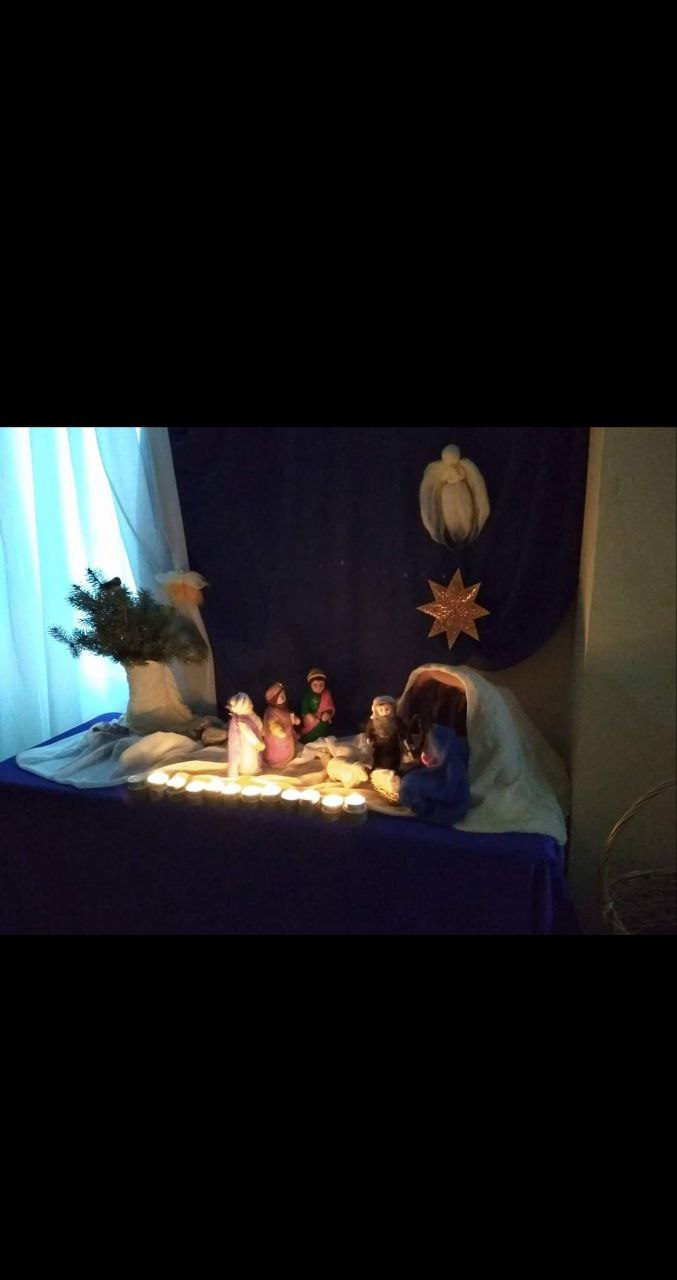Music, singing is a part of our life. Songs permeate our whole life in the group, we start the day with a song, and end it with a song.
We often encourage children to perform the necessary actions with the appropriate chant: “Clean water is pouring, isn’t it time for us all to wash ourselves? Clean water is pouring, everyone go, come here!” (In the morning), “I came home from the street, the first thing I do is wash my hands” (after a walk), etc.
We sing during manual labor, when we bake buns, with a song we encourage to hold hands (“Let’s hold hands with you …”), to listen to a fairy tale (“Fairy tale, fairy tale, come …”), etc. Everything that can be said in words can be sung.
In addition to the songs we sing throughout the day, we also have a special daily activity called a “musical circle, or dance.” This is a musical and literary composition performed in a circle and accompanied by movements according to the text. The round dance includes songs, poems, finger or moving games, counters and even a fairy tale, if it is included in the plot of the round dance.
We walk, run, jump, stand and sit, somersault and lie on the floor, changing the position of the body several times during the class. We convey verbal images with the movement of hands, body, gait, and the movement should precede the word, etc. Children imitate movements, being excellent imitators and parodists from birth.
Round dance lasts 15-20 minutes and is one of the main components of every day in kindergarten, as it affects the development of the child’s physical and spiritual essence in various ways. In the game, the child freely manifests his will and realizes himself at the same time through language, thinking, and social contacts. In dance, these and many other elements are purposefully cultivated through imitation of the teacher. Due to the long daily repetition of the same dance, the child’s memory develops and the will is formed.
The dance usually corresponds to the season or, say, the upcoming holiday.
Thus, children are naturally included in the change of seasons and experience their essence in full: the cold of winter, the awakening of nature in spring, flowering in summer, falling asleep in autumn.
In addition, in some dances we reveal in sufficient detail and consistently through song and corresponding movements the content of such types of human labor, which are the main ones from ancient times to the present day: sowing, harvesting, threshing, harvesting. It can also be the work of a shoemaker, tailor, blacksmith, woodcutter, gardener.

